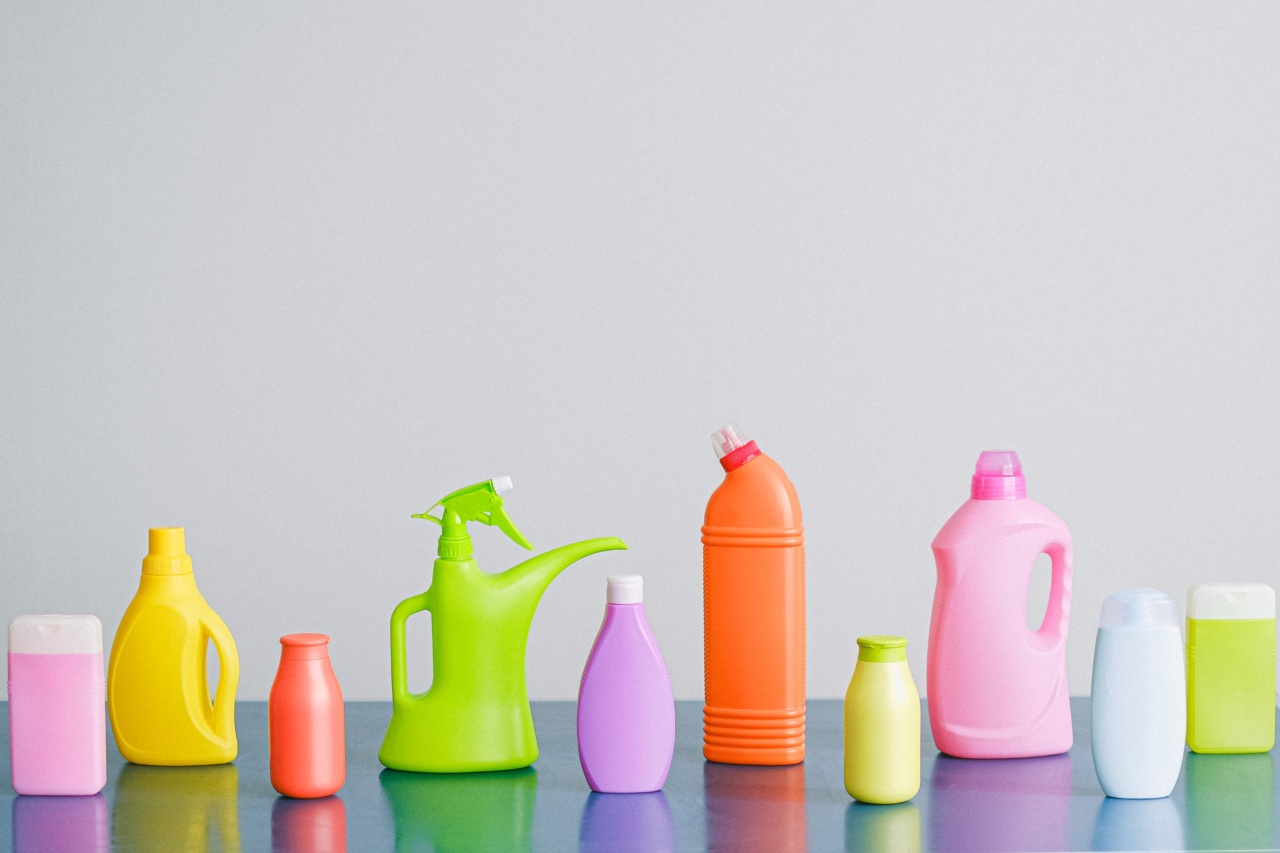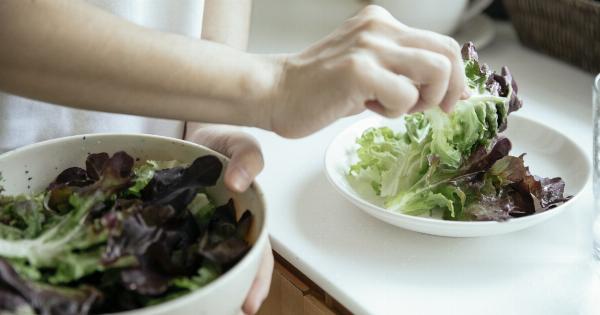In our daily lives, we come across numerous products that seem harmless and essential for our well-being. However, many of these everyday items contain carcinogens – substances that have the potential to cause cancer.
It is crucial to be cautious and aware of these hidden dangers in order to protect ourselves and our loved ones. In this article, we will explore some common items that may contain carcinogens and discuss how to minimize our exposure to these harmful substances.
1. Personal Care Products
Personal care products such as shampoos, soaps, and cosmetics often contain various chemicals that are known to be carcinogenic. This includes ingredients like formaldehyde, parabens, and phthalates.
It is important to read labels carefully and choose products that are free from these harmful substances. Opting for natural and organic alternatives can significantly reduce our exposure to carcinogens.
2. Cleaning Agents
Many household cleaning agents like detergents, dishwashing liquids, and surface cleaners contain carcinogens such as volatile organic compounds (VOCs) and ammonia. These chemicals can be harmful when inhaled or come into contact with our skin.
Whenever possible, opt for eco-friendly and non-toxic cleaning products that are free from these harmful substances.
3. Pesticides
Pesticides, commonly used to protect crops from insects and pests, can also be carcinogenic. Some pesticides contain chemicals like glyphosate, which has been linked to cancer.
To minimize exposure, choose organic produce whenever possible or thoroughly wash conventional produce before consuming.
4. Plastic Containers
Plastic containers, especially those made from low-density polyethylene (LDPE) or polycarbonate, can release harmful chemicals into our food and beverages.
Bisphenol A (BPA), a known endocrine disruptor and potential carcinogen, is commonly found in plastic containers. It is advisable to switch to glass, stainless steel, or BPA-free plastic alternatives to avoid these risks.
5. Non-Stick Cookware
Non-stick cookware is convenient for cooking, but it may release toxic fumes when heated to high temperatures. These fumes contain perfluorooctanoic acid (PFOA), a chemical that has been associated with cancer.
Consider replacing non-stick cookware with safer options such as stainless steel or cast iron.
6. Cigarettes and Tobacco Products
It is widely known that smoking cigarettes and using other tobacco products dramatically increases the risk of developing cancer. Cigarettes contain a variety of carcinogens, including nicotine, formaldehyde, arsenic, and tar.
Quitting smoking is one of the most important steps towards reducing the risk of cancer and improving overall health.
7. Air Fresheners
While air fresheners are designed to make our surroundings smell pleasant, they often contain harmful chemicals. Many air fresheners release volatile organic compounds (VOCs) such as benzene and formaldehyde, which are known carcinogens.
Using natural air purifiers like plants or opting for VOC-free air fresheners can help reduce exposure.
8. Processed Meats
Processed meats like sausages, hot dogs, and bacon have been classified as group 1 carcinogens by the International Agency for Research on Cancer (IARC).
These meats undergo various chemical processes, including smoking, curing, and preserving, which can lead to the formation of carcinogenic compounds. Consuming processed meats in moderation or opting for healthier alternatives can lower cancer risks.
9. Sunscreen
While protecting our skin from harmful UV rays is essential, some sunscreens contain ingredients that can be carcinogenic.
Chemical sunscreens often contain oxybenzone and octinoxate, which have been linked to hormone disruption and potential cancer risks. Choosing mineral-based sunscreens or sun-protective clothing can be a safer alternative to minimize exposure to these chemicals.
10. Paints and Solvents
Paints, varnishes, and solvents used in various home improvement projects can release volatile organic compounds (VOCs) into the air. Prolonged exposure to these chemicals has been associated with an increased risk of cancer.
Opt for low VOC or zero VOC paints and choose water-based alternatives whenever possible.
Conclusion
Being cautious about the everyday items we use is crucial to minimize our exposure to carcinogens. By reading labels, choosing natural alternatives, and adopting safer practices, we can reduce the risk of cancer and protect our health.
Awareness and informed decision-making are key to fostering a safer and healthier environment for ourselves and future generations.






























